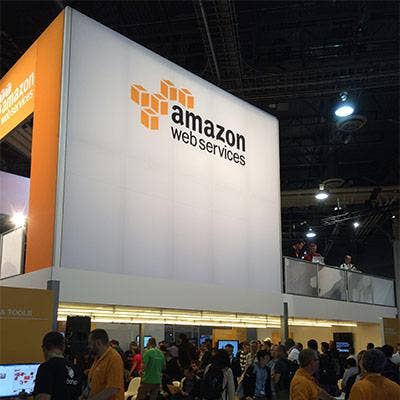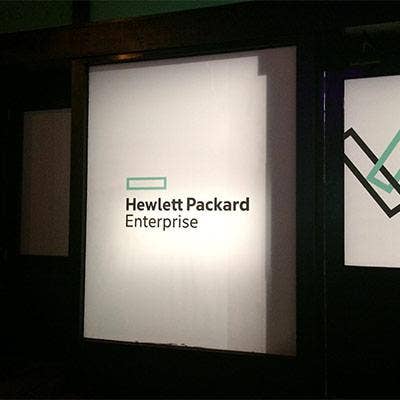Innovating Around The Edge: 5 Sharp Companies Making Their Mark

Living On The Edge
Vendors across the spectrum are looking at how they can cash in on edge computing -- from cloud providers, to telecom companies to gateway manufacturers. These five companies are creating innovative and unique edge computing offerings for their partners and customers to take advantage of compute at the edge of the network.
For more on edge computers, read CRN's December cover story, Life On The Edge: Why Micro Data Centers Are The Next Frontier.

Amazon Web Services
Seattle-based AWS in 2016 introduced Greengrass, which builds off AWS IoT and AWS Lambda -- a "serverless" compute service that enables users to run "stateless" code on servers so that it isn't attached to any particular infrastructure and will always run when triggered.
AWS' service allows developers to write Lambda code that can run straight from devices and is built for offline operation so that IoT data can continue to be processed even when connectivity to the cloud is temporarily unavailable. "While it's relatively easy to take advantage of the cloud to supplement the lack of disk and compute of those devices, there are going to be times you don't want to make the round trip to the cloud," CEO Andy Jassy said in 2016 when the service was first announced.

AT&T
AT&T over the past year has made a big bet on edge computing with new services that will push single-digit millisecond latency for 5G applications. These lower latency and faster speeds coupled with 5G will be "key elements" to enabling edge computing, according to Dallas-based AT&T. The company also said it will launch a new edge computing test zone in early 2018 that will enable companies and developers to test connected applications like self-driving cars, augmented reality and drones.
"Edge computing fulfills the promise of the cloud to transcend the physical constraints of our mobile devices," said Andre Fuetsch, president of AT&T Labs and chief technology officer, in a statement.

Hewlett Packard Enterprise
HPE said its Edgeline Services Platform, as well as its "converged" IoT gateway systems designed for the edge of the network, will help partners better manage and control industrial-connected systems and networks, including Internet of Things devices, at the edge.
"We have computing at the edge that we're pioneering in many ways and, as we move to control systems, that's the reason why you do something at the edge," said Tom Bradicich, vice president and general manager of servers, converged edge and IoT systems at HPE, Palo Alto, Calif. "You can actuate, control and take action. At the end of the day, the customer wants to take an action -- maybe in the industrial world it's controlling a robotic arm. As you move out toward the ’things' in IoT at the edge, you get closer to actuating them, controlling them and taking an action on them."

Scale Computing
Scale Computing is doubling down on its investments around the edge with the launch of the industry's first hyperconverged system that is purpose-built for edge computing environments. HC3 Edge is a turnkey platform for running virtualized applications without the need for VMware in IoT or distributed environments. The platform uses Scale's Hypercore OS platform so that partners can deliver HCI across multiple hardware platforms, from lightweight IoT devices to larger, micro data centers.
Jeff Ready, CEO of Indianapolis-based Scale Computing, said HC3 Edge gives customers the benefits of the company's HC3 on-premises appliance-based hyper-converged infrastructure on small form factors that meet edge requirements. "We are seeing strong demand from our customers for HCI at the edge, especially among our large retail, manufacturing, and health-care verticals where a combination of factors, including IoT adoption, are increasing on-prem demands," he said.

Vertiv
Vertiv approaches the Internet of Things through a "missioncritical" strategy by supporting edge computing IoT that is essential for making quick decisions in high-pressure environments.
The Columbus, Ohio-based company in 2016 released iCOM CMS, a new thermal system control that enables IT professionals to monitor and protect equipment in small IT spaces supporting edge computing. This system is powered by the company's IoT app in the thermal space, giving IT managers visibility into thermal conditions and cooling equipment performance through mobile devices, the web and building management systems.